
In August I wrote about some of the friendly insects that might be visiting your garden this summer. I promised to write more about the natural enemies of pests that you might find at ground level. That time has come! Because these insects (and some other arthropods) live at or near the soil surface, you’re much less likely to see them, unless you happen to be cleaning out a garden bed this fall (which is not actually recommended). Also, they may be more active at night. But they are still doing lots of good things in your garden or on your farm, so they’re worth knowing about.
Rove beetles
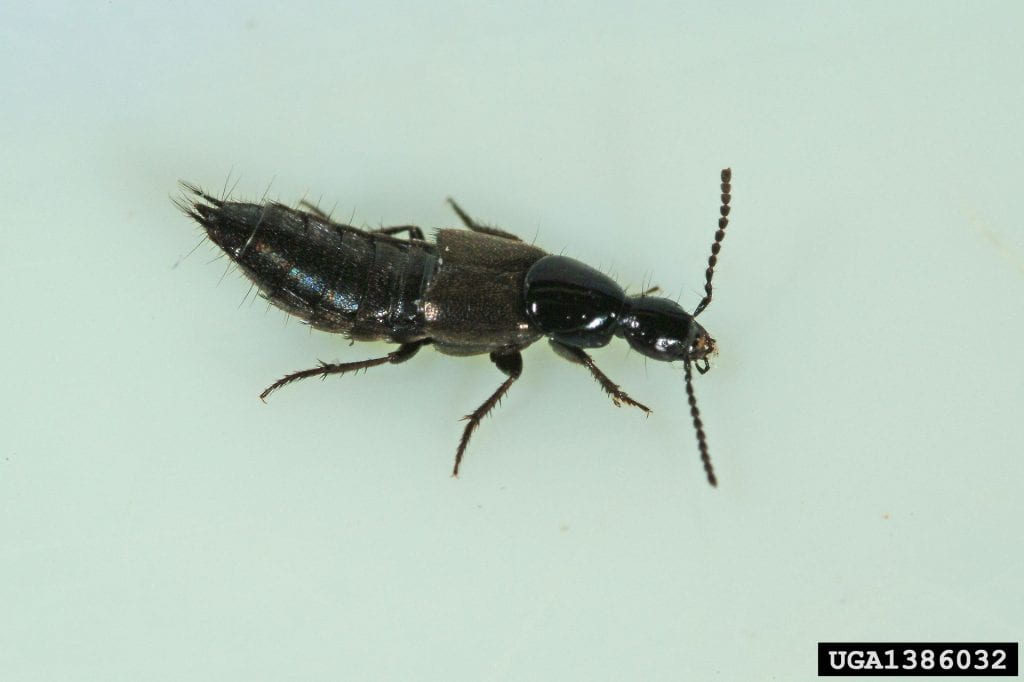
These beetles live in the soil or at the soil surface and they eat lots of different soil invertebrates, including pests like slugs, snails, thrips, and eggs of other insects. They also eat seeds, so they could help reduce your weed seed bank, too. Like other beetles, they have hard covers over their wings called elytra. Because these covers are much shorter than their bodies, I think it makes them look like they are wearing little capes.
Carabid beetles
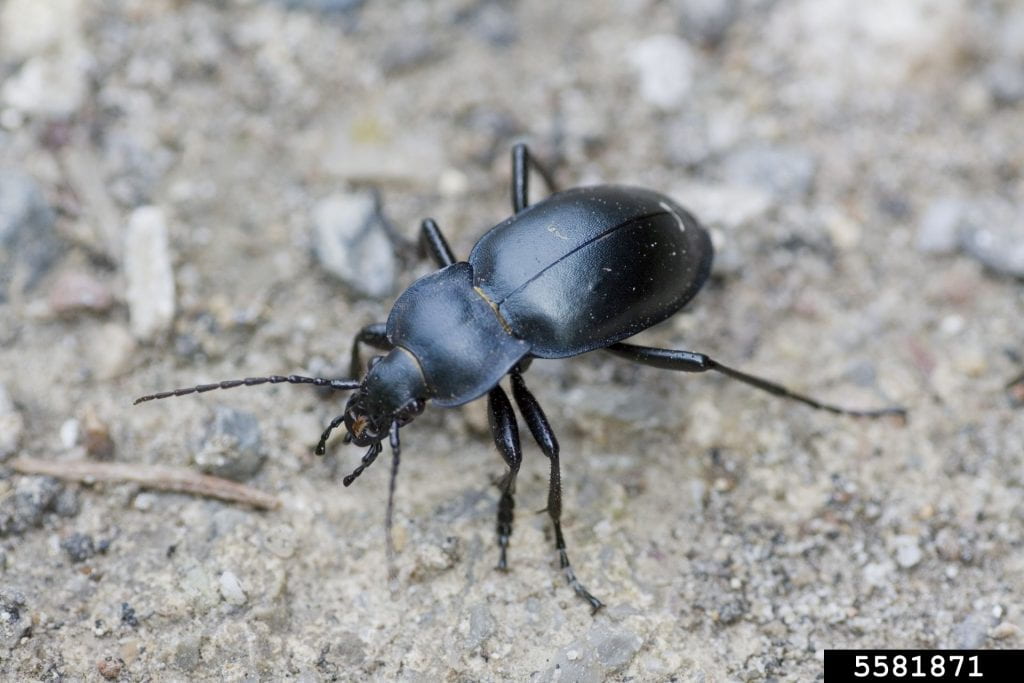
Also called ground beetles, this large group of insects mostly live on the ground, and tend to have prominent jaws and move very fast. Their speed makes them great predators of many insects, as well as snails and slugs. Depending on the species, they may also eat seeds. They like to spend the winter in sheltered places including perennial grasses that grow in clumps. In the spring, they can travel almost 200 feet from these grassy shelters (Landis et al. 2000. Annual Review of Entomology 45:175-201). They come in different sizes, but tend to be darker colored.
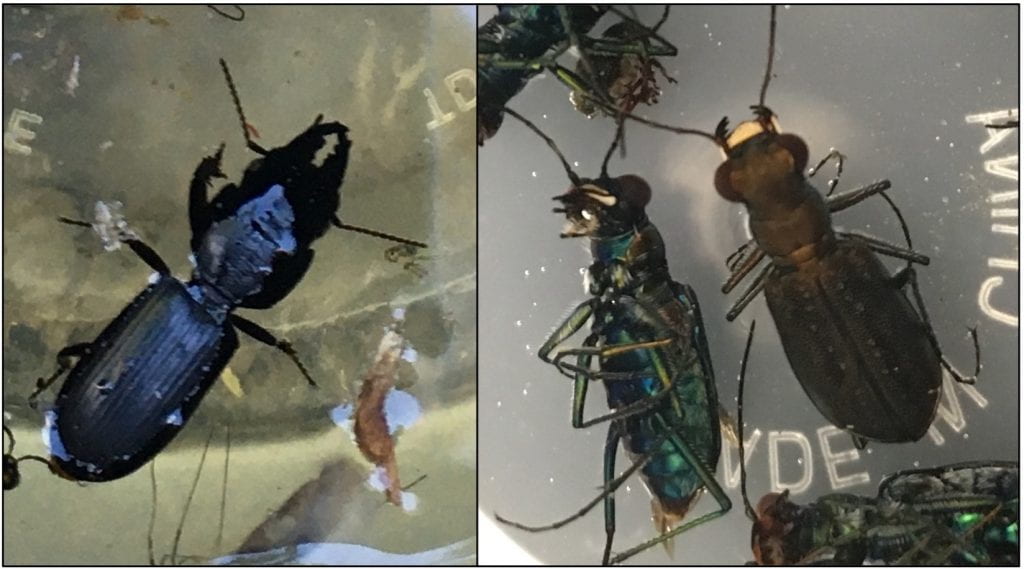
Centipedes

They may not look as friendly as lady beetles, but centipedes are also generalist predators that eat lots of invertebrates (including pests) in the soil. In case you were wondering, the difference between a centipede and a millipede is that centipedes have only two legs (one pair) on each segment of their body, while millipedes have four legs (two pairs) per body segment. But they can move pretty quickly, so it’s understandable if you don’t have time to count.
Spiders and harvestmen

I wrote about spiders in my previous post, but many species live on or near the ground. Both are good predators, and friends you’d like to have in your fields or garden. Technically, harvestmen (also called daddy long legs) are not spiders, but they do have eight legs. Because they don’t have an obvious “waist” they appear as though their head and body are a single “blob”.
Fireflies
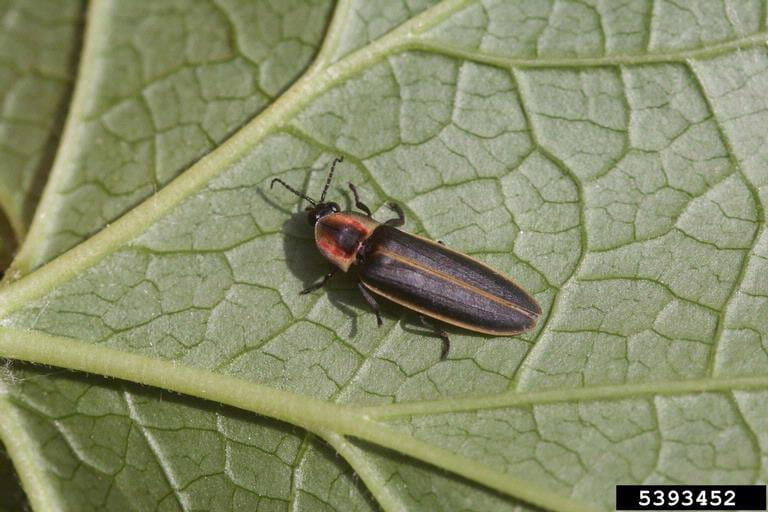
Yes, you read that correctly. When they are immature, fireflies (or lightening bugs, depending on where you grew up) look a bit more like worms than beetles (which is what they actually are). They live on the ground (especially in places with more moisture) and feed on invertebrates with soft bodies, including both snails and insects. Although we tend to notice them when they are flying, adult fireflies (depending on the species) also spend plenty of time on the ground, and may or may not be predators. The Xerces Society has some really good information about fireflies and their conservation.
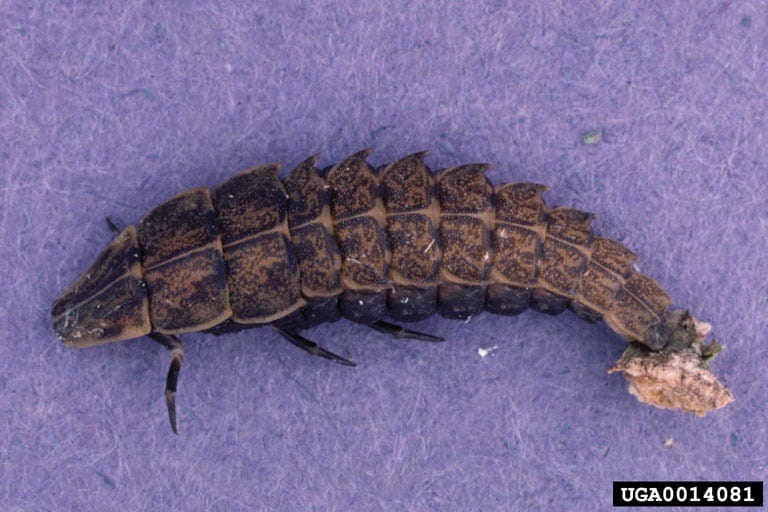
So remember, not everything that creeps or crawls through your fields or garden is a problem. There are lots of friendly insects (and other arthropods) that can help you with pest control. Take a closer look and you might be surprised!
This post was written by Amara Dunn, Biocontrol Specialist with the NYSIPM program. All images are hers, unless otherwise noted.
This work is supported by:
- New York State Department of Agriculture and Markets
- New York State Department of Environmental Conservation
- The Towards Sustainability Foundation
